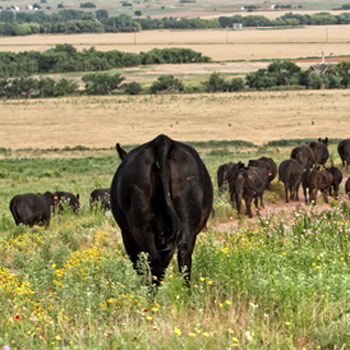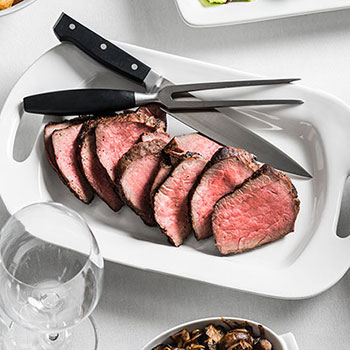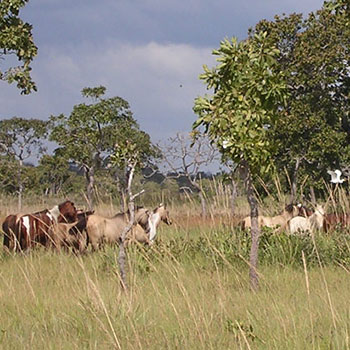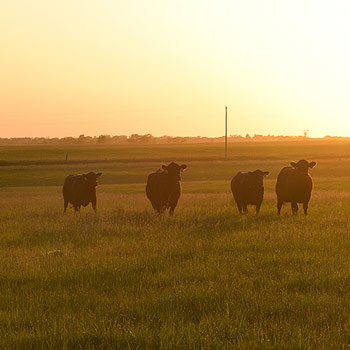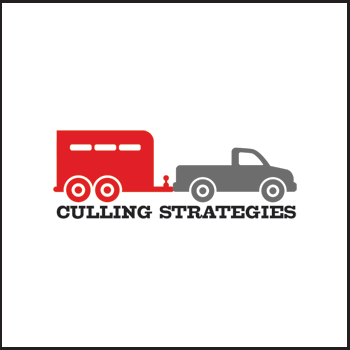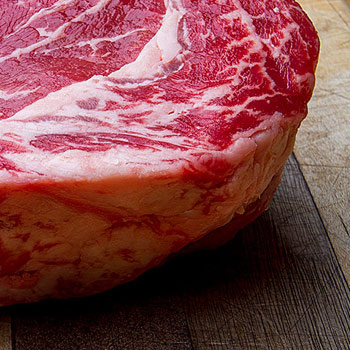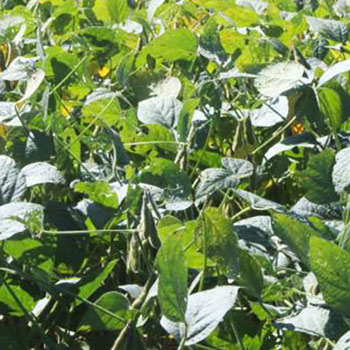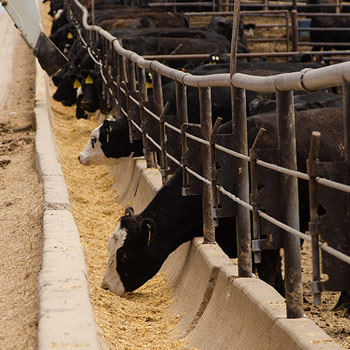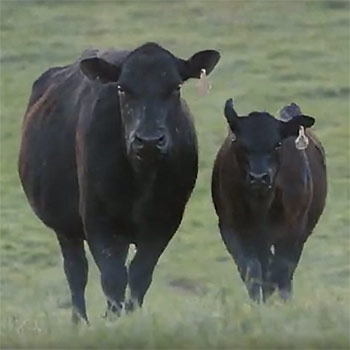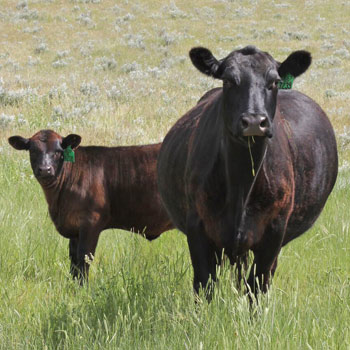
Association Perspective
Use the tools available to draft your best team.
Last year, some of my friends convinced me to join their Fantasy Football league. As a participant in the league, I serve as general manager of a virtual professional football team. It is my job to choose a team roster by participating in a draft in which all players of the National Football League (NFL) are available. Each week of the NFL regular season, I face an opponent in our league. Points are based on the actual performance of the NFL players in real games.
Similarly, it is our job as cattlemen to ensure we are fielding the best team on our farm or ranch. In order to have a successful team, it starts by accurate recordkeeping. Keeping accurate records gives us the ability to analyze data and characteristics of our players, just as NFL scouts, managers and coaches view upcoming prospects and team members. The American Angus Association recently released Angus Black Book, an app designed for commercial cattle producers. The app automates cattle recordkeeping and management, making it easier to manage your operation.
With the Angus Black Book app, you can fully digitize your cattle recordkeeping, allowing you to execute seamless day-to-day management and recordkeeping from your smartphone. Reports generated from the app can provide you with key insights, giving you a snapshot of your overall operation so you can make management decisions based on documented information. You can view reports related to calving, breeding, weaning and progeny. Those reports can be viewed and shared at any given time. Click here to learn more about Angus Black Book.
Once reports have been generated, it then comes time to analyze your players to decide who should stay and who, if any, should go. For the purpose of this article, let us consider a spring-calving herd. By now, hopefully your females have been pregnancy-checked to determine those safe in calf from those who are open. If you are looking to reduce your cow herd size, consider culling the nonpregnant females, because they are the most expensive to feed through the winter. After all, open cows are like wide receivers who can’t catch a pass. At the very least, they have to catch the ball first before they can run for a touchdown.
From there, identify the productive and nonproductive cows in your herd. By using records generated from the Angus Black Book, you can identify cows that have consistently weaned calves that rank in the bottom 10%-25% of your herd. If a cow consistently ranks low, you should consider releasing her from your team. Furthermore, if you are still looking to depopulate your herd, identify the problem cows. Those are the ones with unsound udders, teats, feet and legs, or bad dispositions.
The American Angus Association® continues its commitment to providing commercial cattlemen with the tools they need to manage a successful and profitable cow herd. I hope our investment in Angus Black Book will better position you and your family’s cattle operation for the future. For other tools and technology available through the American Angus Association, visit www.angus.org.
Editor’s note: Regional Manager Mark Sims covers Region 13, including the states of Arkansas, Louisiana, Mississippi and Alabama. Click here to find the regional manager for your state.
